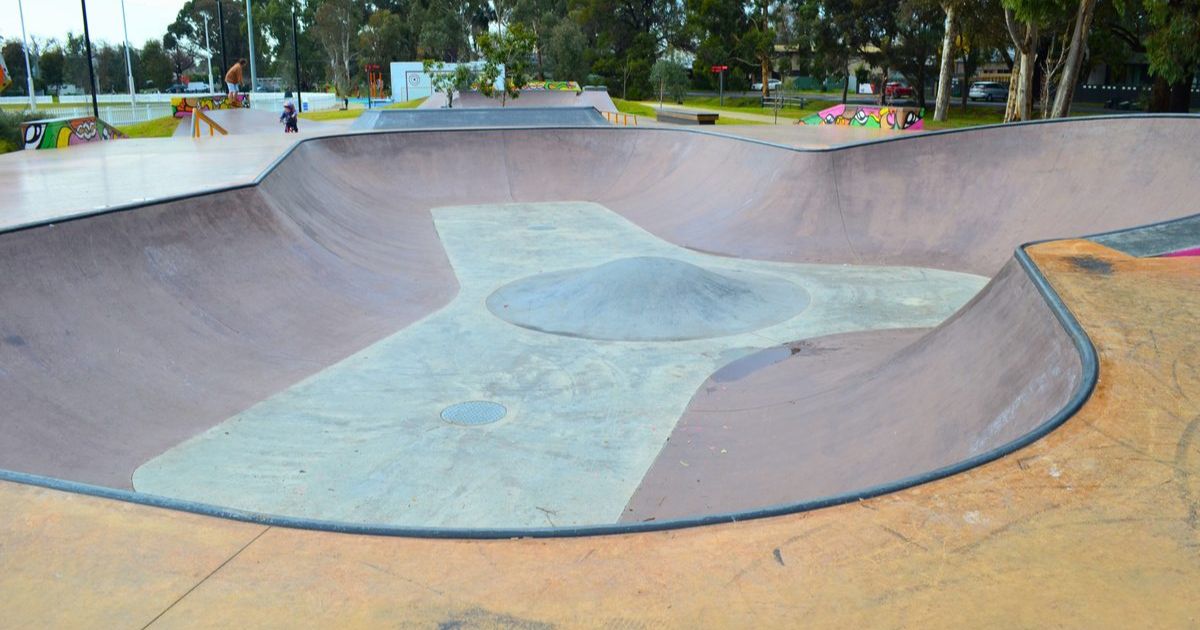Sculptures to see, touch, and hear

Turning: Paul E. Mason operates interactive sculpture Climate Anxiety Ark which features music, movement, and a skeleton reproduction. Photos: EDWINA WILLIAMS
THE Eureka Centre is not only the place to see a very famous flag, but somewhere to go to engage with, and ponder, contemporary art.
A gallery space at the museum is currently showcasing four sculptures created by Paul E. Mason, which explore the themes of global colonialism, mining, miners’ and prospectors’ rights, land rights, mineral exports, environmental impacts, and loss of native animals.
Climate Anxiety Ark is one of two interactive pieces with mechanisms that can be hand-cranked by the viewer.
It features original music by Mason’s son, a recreation of a real-sized Thylacine or Tasmanian tiger skeleton, and a flicking, striped tail.
“Audiences can experience touching it, seeing it move, and hearing it. It engages two extra senses which is more than you get if you go into a gallery and you’re just looking,” Mason said.
“The Thylacine skull is a museum quality reproduction cast in resin. Nowhere in the world was a full skeleton available for reference, but I spoke to a palaeontologist at Tasmanian Museum and Art Gallery who knew a lot about Thylacines and was great to research with.”

Another interactive piece called Extinct Thylacine Returns to Exact Revenge on Prime Minister for his Inaction on Climate Change, is inspired by Tipu’s Tiger, and depicts a Thylacine mauling a figure in a peak cap.
A now iconic exhibit in London’s Victoria and Albert Museum, Tipu’s Tiger is a dynamic wooden sculpture of a tiger mauling a European soldier which was crafted for the Tipu Sultan in the 18th century.
It has an operational organ within it, which is playable by a hand-crank, and was designed to sound like a human’s dying shrieks as if they were succumbing to a big cat attack.
Great Southern Gabion includes the imagery of mainland Australia, shipping containers, and Thylacine body parts, but also features gravel from the Maralinga atomic testing site in South Australia, where Anangu peoples of the Maralinga Tjarutja lands were exposed to radiation.
“The local Indigenous people were not given a lot of opportunities to have their say about what happened there,” Mason said.
Baudin’s Coastal Prospecting Reliquary is reflective of explorer Nicolas Baudin’s Australian expedition at the beginning of the 19th century.
Mason has sourced rocks from the Kimberly area where Baudin travelled, and has assembled them, within a bark canoe, to look like mountainous terrain.
Also sculpted in the piece are a small person, and an uprooted boab tree being climbed by two Thylacines.


















